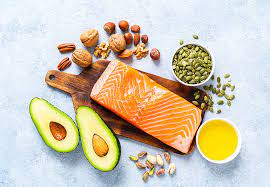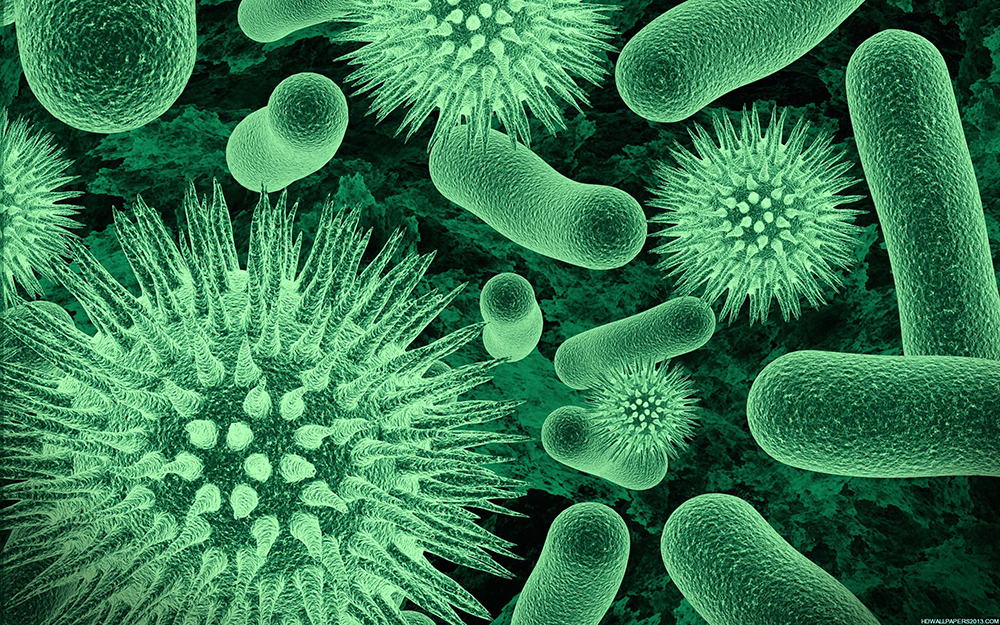
There's no doubt that regular physical activity boosts your metabolism. The human body uses food for energy and eliminates waste. During this process, substances called metabolites are produced. They signal to the body when you exercise. In one study, researchers examined the levels of 200 different metabolites in the blood of 52 men and women. The levels of these metabolites were linked to changes in fitness and weight. These results were unexpected and suggest that regular exercise can improve your metabolism.
Exercise not only increases metabolism but has many other benefits. Cardiovascular exercise can increase your heart rate and lower your body fat. It also helps to reduce your body's overall body weight. It also helps to curb your appetite after exercise. Aerobic exercises can also boost your metabolism. Strength training can help you lose weight. This will increase your muscle size and strength. But remember: do not overdo it. There are no quick fixes to a slow metabolism.

Exercise can increase your metabolism and help you lose weight quickly. It also increases muscle mass, which burns more calories than fat. While most regular exercisers only gain a few pounds of muscle, it's not enough to boost your metabolism. Furthermore, muscle mass does not have an effect on your weight. Because strength training helps build lean muscles, it can boost your metabolism. While this may seem like an obvious benefit, you should be aware that it is important to get a balanced mix of both types of muscle mass.
While lifestyle and your diet can affect your metabolism, exercise will increase it. A higher percentage of body fat results in a slower metabolism than those with greater lean muscle mass. This is because muscle burns a lot more calories than fat. Also, adding muscle to your physique will increase your RMR. This means your body can convert more food to energy. Your metabolism will accelerate the longer you exercise.
Exercising can not only increase your metabolism but also improve your heart health. Studies have shown that regular physical activity can prevent high blood pressure, heart disease, and cholesterol, and is a proven way to lower inflammation of the arteries. Your cardiovascular health can be improved, which can help you treat various medical conditions, such as heart problems. You will burn more calories when you exercise than you eat if your activity level is increased. Your energy level is the best way to boost your metabolism.

Strength training can increase your metabolic rate for 14 hours, but it doesn't do so as fast as cardio. Building muscle is a great way to increase your metabolism. Muscle burns more calories than fat. It's not easy to lose weight by exercising, but it's important to eat a healthy diet. Increase your metabolism rate by eating more protein-rich foods. You may find some of these foods beneficial for your overall well-being.
FAQ
What's the difference between a calorie and kilocalorie?
Calories measure the energy content of food. Calories are the unit of measurement. One calorie contains the energy needed to raise the temperature of one gram of water by one degree Celsius.
Kilocalories can also be used to refer to calories. Kilocalories can be measured in thousandsths of one calorie. 1000 calories is one kilocalorie.
Are there 5 ways to have a healthy lifestyle?
Healthy lifestyles include eating right, exercise regularly, getting enough rest, managing stress, having fun, and eating healthy. Healthy eating means avoiding sugary and processed foods. Exercise burns calories and strengthens the muscles. Sleeping enough is good for memory and concentration. Stress management can reduce anxiety and depression. Fun is the key to keeping us healthy and happy.
What is the difference in fat and sugar?
Fat is an important energy source, which comes from food. Sugar is naturally found in fruits and veggies. Both fats (and sugars) have the same calories. But fats are twice as calories as sugars.
Fats are stored in the body and contribute to obesity. They may cause cholesterol buildup and lead to strokes or heart attacks.
Sugars can be quickly absorbed by your body and give you instant energy. This causes blood glucose levels in the body to rise. High blood glucose levels can lead to type II diabetes.
Which are the top 10 foods you should eat?
These are the top 10 foods to eat.
-
Avocados
-
Berries
-
Broccoli
-
Cauliflower
-
Eggs
-
Fish
-
Grains
-
Nuts
-
Oats
-
Salmon
Why does our weight change as we get older?
How do you know if your bodyweight changes?
If there are less calories than muscle mass, then weight loss is possible. This means that daily calories should be less than daily energy. Activity levels are the most common reason for weight loss. Other factors include stress, illness and pregnancy. When there is more fat than muscles, it's called weight gain. It happens when people eat more calories than they use during a given day. Common reasons include overeating, increased physical activity, and hormonal changes.
Our bodies lose weight mainly because we eat less calories that we burn. By exercising regularly, our metabolism rates increase which in turn burns more calories during the day. But, this does not mean that we will be thinner. It is important to know if we are losing weight or gaining muscle. If we're burning more calories than we're consuming then we're going to lose weight. If we consume more calories that we burn, we are actually storing them in fat.
As we age, our ability to move around is slower and we are less mobile. We also tend eat less than we used to. As a result, we gain weight. On the other hand, we have more muscle mass and look larger than we actually are.
Without weighing yourself each week, there is no way to know how much weight you have lost. There are many different ways to measure your weight. You can also measure your waist, hips or thighs. Some people prefer to use a bathroom scale while others prefer to measure with tape.
You can track your progress by weighing yourself at least once per week and measuring your waistline every month. You can also take pictures of yourself every few months to see how far you've come.
Online measurements of your height and weight can help you determine your body mass. If you're tall at 5'10", and weigh 180lbs, your weight would be 180.
Statistics
- nutrients.[17]X Research sourceWhole grains to try include: 100% whole wheat pasta and bread, brown rice, whole grain oats, farro, millet, quinoa, and barley. (wikihow.com)
- Extra virgin olive oil may benefit heart health, as people who consume it have a lower risk for dying from heart attacks and strokes according to some evidence (57Trusted Source (healthline.com)
- WHO recommends consuming less than 5% of total energy intake for additional health benefits. (who.int)
- This article received 11 testimonials and 86% of readers who voted found it helpful, earning it our reader-approved status. (wikihow.com)
External Links
How To
What does the term "vitamins" mean?
Vitamins are organic compounds that can be found in foods. Vitamins are essential for our bodies to absorb nutrients from the foods we eat. Vitamins are not made by the body, so they must be obtained through food.
There are two types of vitamins: water soluble and fat soluble. Water-soluble vitamins dissolve quickly in water. Some examples include vitamin C,B1 and B2 vitamins (thiamine), B2 and riboflavin, B3 and B6 vitamins (niacin), folic acids, biotin, pantothenic acids, and cholesterol. The liver and fat soluble vitamins are stored within the liver and in fatty tissue. These include vitamin D, E and K, as well as beta carotene.
Vitamins are classified according their biological activity. There are eight major categories of vitamins.
-
A - Vital for normal growth and maintaining good health.
-
C - important for proper nerve function and energy production.
-
D - essential for healthy bones, teeth, and gums.
-
E is required for good vision and reproduction.
-
K - required for healthy muscles and nerves.
-
P - Essential for strong bones and teeth.
-
Q - aids digestion, absorption and absorption iron
-
R - necessary for making red blood cells.
The recommended daily intake (RDA), of vitamins varies with age, gender and physical condition. The U.S. Food and Drug Administration (FDA) sets the RDA values.
For adults aged 19 and older, the RDA for vitamin B is 400 micrograms daily. For fetal development, pregnant women need 600 mg per day. Children ages 1-8 require 900 micrograms per day. Infants under one year of age require 700 micrograms per day, but this amount decreases to 500 micrograms per day between 9 months and 12 months of age.
Children aged between 1-18 years require 800 micrograms of sugar per day, while overweight children need 1000 micrograms. Children who are underweight receive 1200 micrograms every day to meet their nutritional requirements.
2200 mg of vitamin A per day is required for children aged 4-8 who have been diagnosed by anemia.
2000 micrograms is the minimum daily intake for adults over 50 years old to maintain good health. Because of their higher nutrient needs, women who are pregnant or nursing need 3000 mg per day.
1500 micrograms are required daily by adults over 70 because they lose approximately 10% of their muscle each decade.
Women who are pregnant or nursing need more than the RDA. Pregnant women need 4000 micrograms per dayduring pregnancy and 2500 micrograms per day after delivery. Breastfeeding mothers need 5000 micrograms per day when breast milk is being produced.